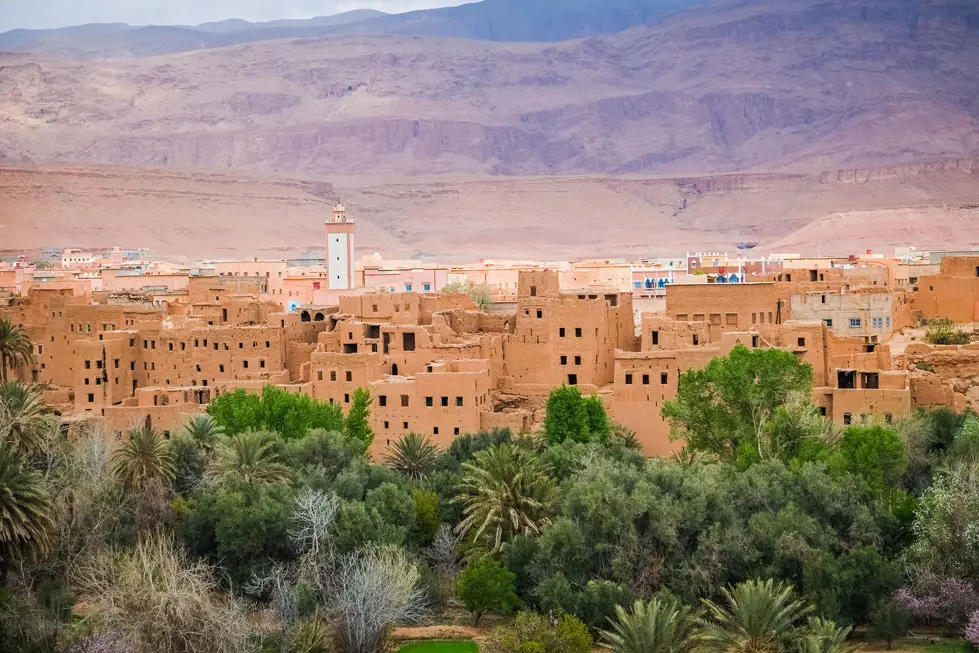We care about your privacy. We attempt to limit our use of cookies to those that help improve our site. By continuing to use this site, you agree to the use of cookies. To learn more about cookies see our Privacy Policy.
In Search of the Vanishing White Truffles in Alba
How the Italian town famed worldwide for the delicacy of its white truffles is facing a real climate challenge
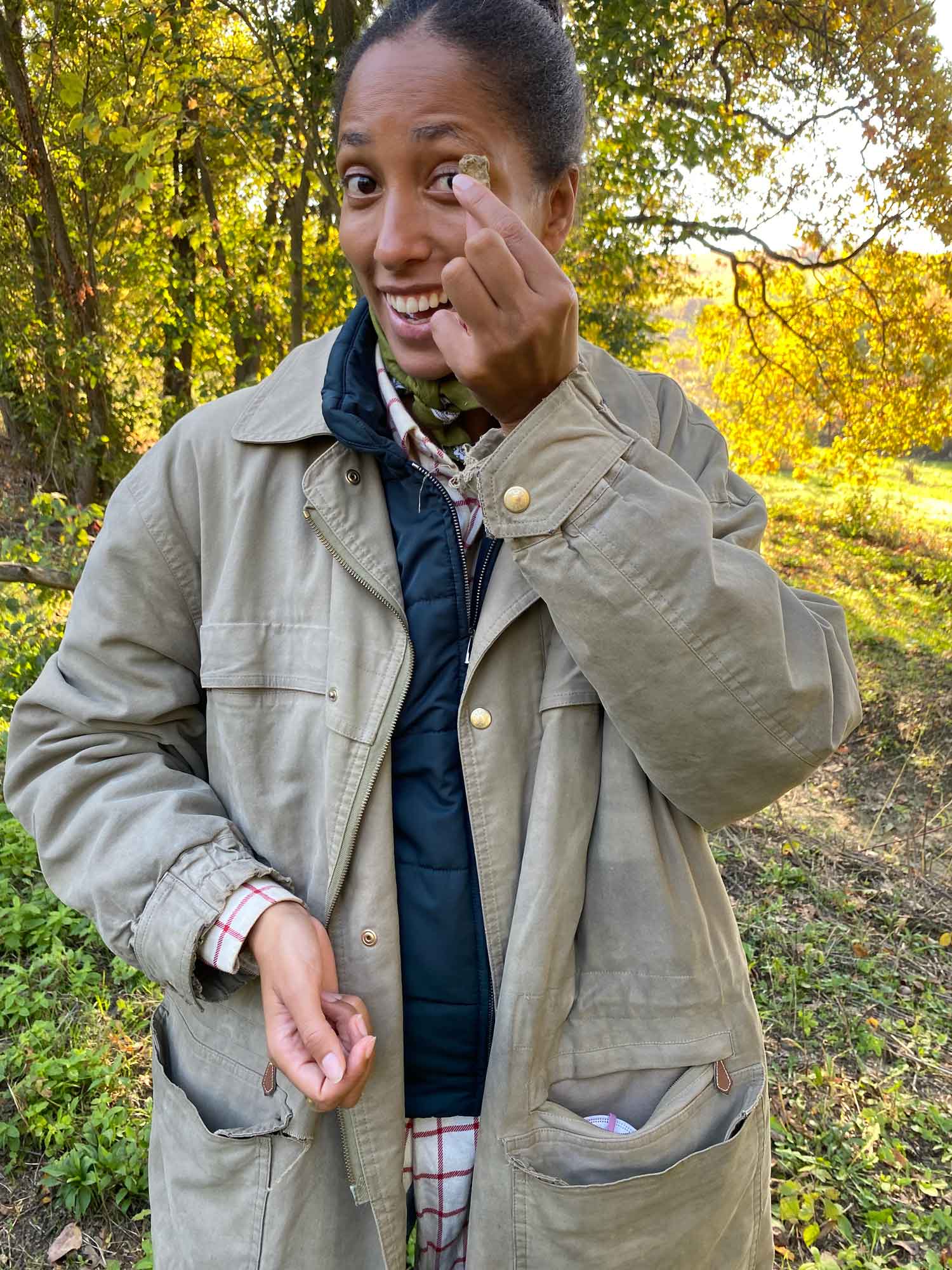
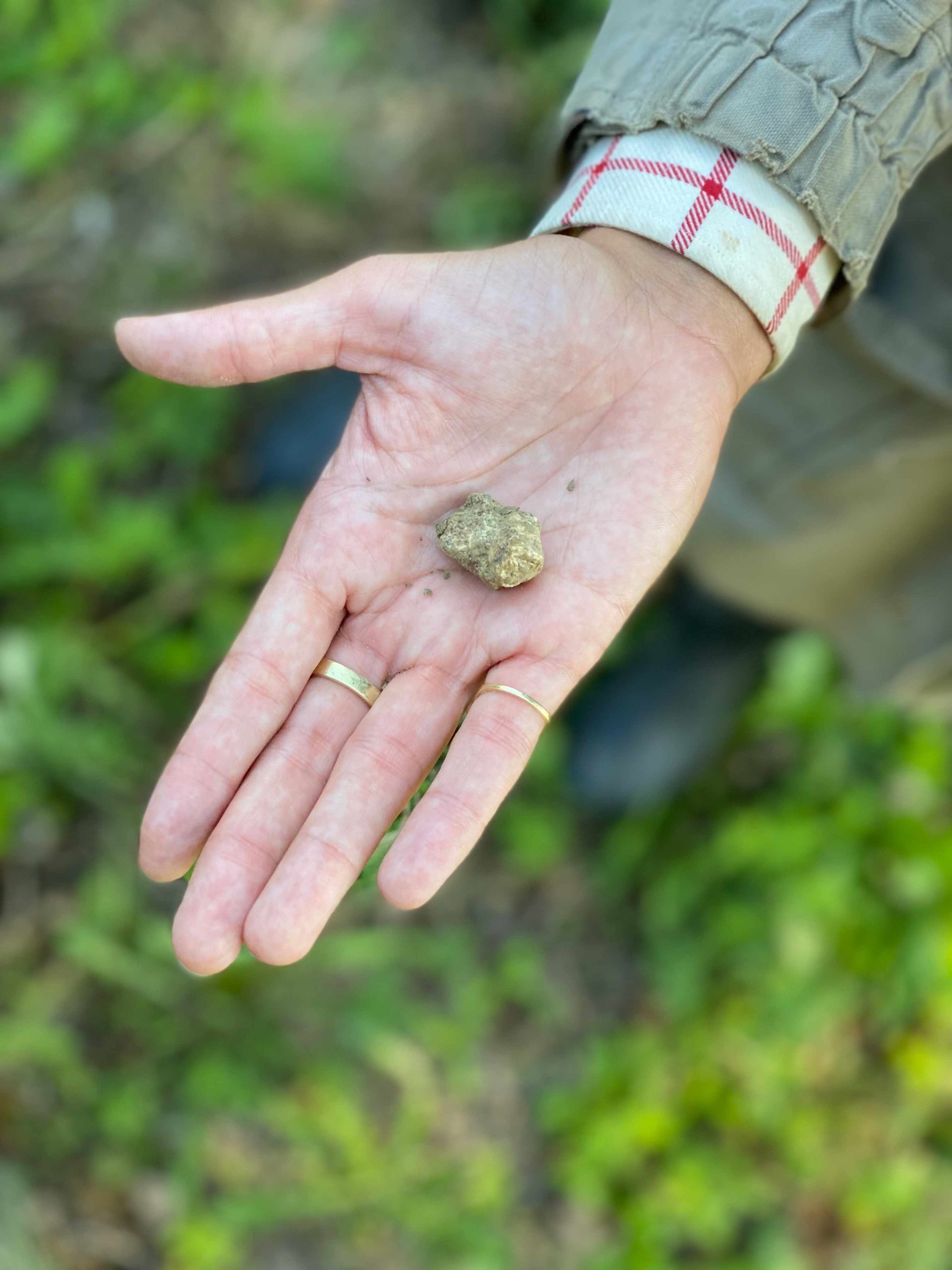
By Solynka Dumas on 12.07.21
It’s late October, autumn colors have overtaken the hilly landscape of the Piedmont region with hues of vibrant red, rusty orange or ochre yellow. The sun is shining, the air is crisp but it isn’t cold, it is the perfect day to go foraging in the forest. Giancarlo, a truffle hunter with a thick white moustache and laughing eyes, greets me on the edge of Mombaruzzo with Bill, his dog and most prized possession. Bill is a five year old Pointer and to become a truffle dog he needed to be trained for two long years.
Truffles are a rare product. The conditions they need to grow are so fragile, that they are found only in a few regions of the world. They are extremely sensitive to how much rain falls in the summer before the harvest. Ideally, the spring should be wet, the summer hot with occasional showers, and the fall somewhat dry — otherwise the dogs can’t sniff through the layers of mud.
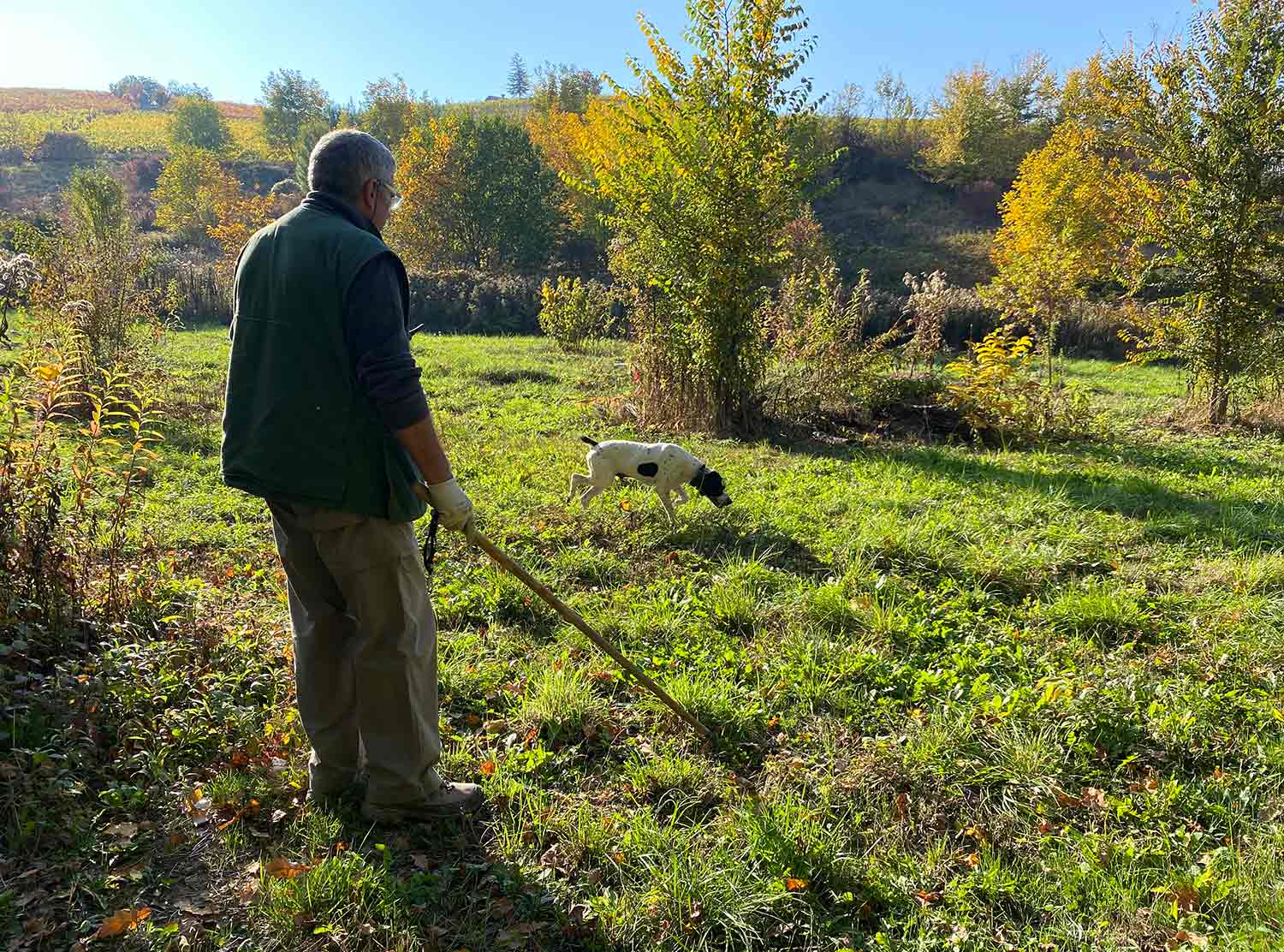
Truffle’s existence relies on a very delicate symbiosis it develops with its host. It fixes itself at the root of the tree feeding off its sap, and in exchange the mushroom releases nutrients to the ground that are then reabsorbed by the tree. To make matters even more complicated, white truffles can grow up to 1 meter below the surface.
Giancarlo bought his land 25 years ago when the conditions were ideal for truffles. On his patch of forest, there are about 400 trees, mainly oak trees, hazelnut trees and white poplars. Some are over a hundred years old and they tend to provide for the best truffles. At first glance the trees seem rather small but he explains that it is not the size of the tree that matters for truffles, it’s the size of the roots and old roots run very far. Truffles can be found buried under the ground meters away from the trunk of the tree.
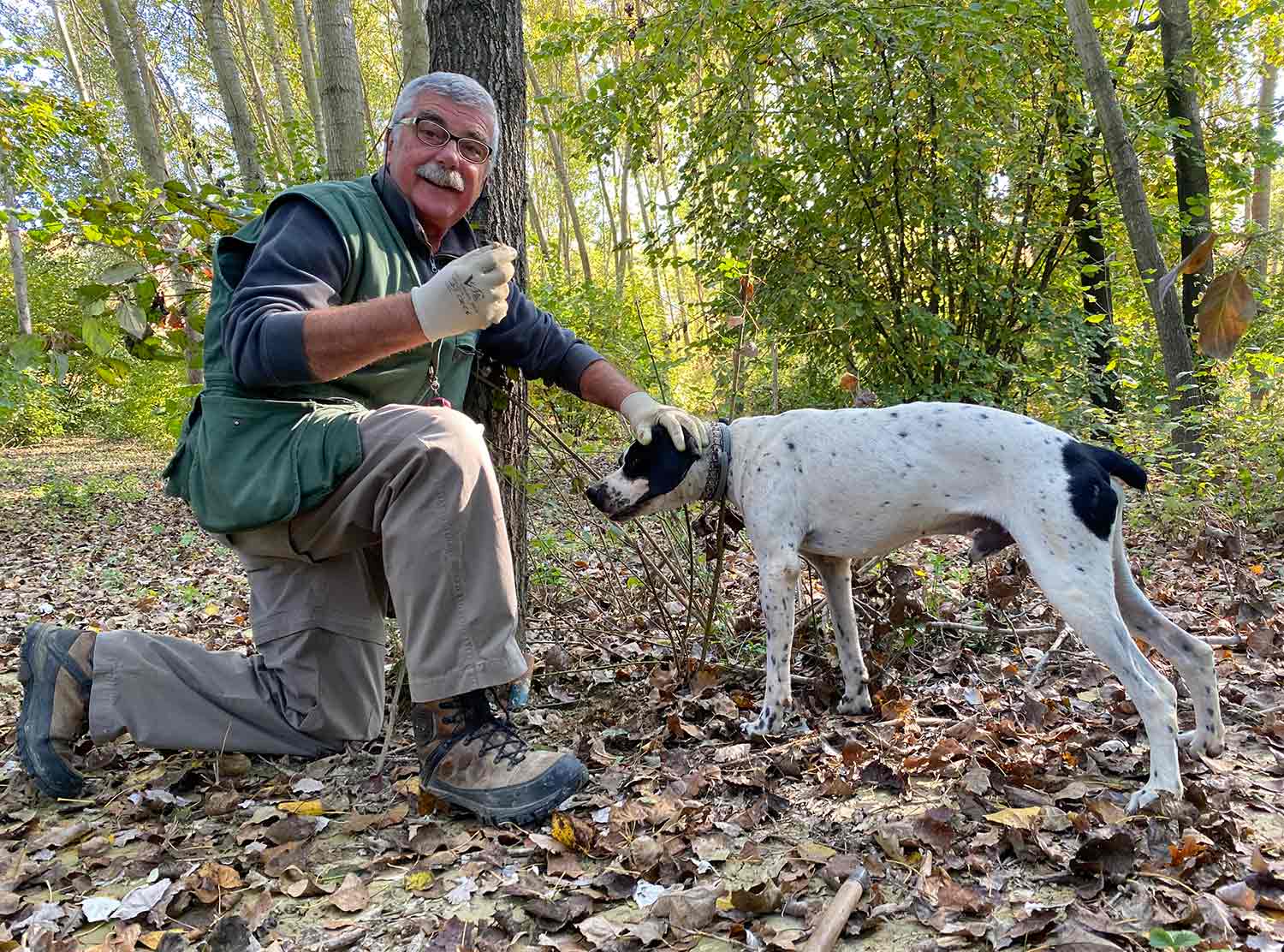
Between the cost of land, the training of the dog, the long hours spent digging the ground and the rarity of the product, truffle hunting seems like a rather discouraging process. But on an average year, the hunter can gather between 10 and 15 kilos in the season, and at an average price of €2,000 per kilo, it remains a lucrative business. At least until recently.
As we begin to hunt for the jewel of the region, the famous white truffle of Alba, despite Bill’s strenuous efforts, it is nowhere to be found. At least not like in my fantasies of a fist-size, cream-colored, fragrant delight. We only find 3 minuscule little nuggets; enough to shake up a couple of fried eggs at home but definitely not enough to be economically viable.
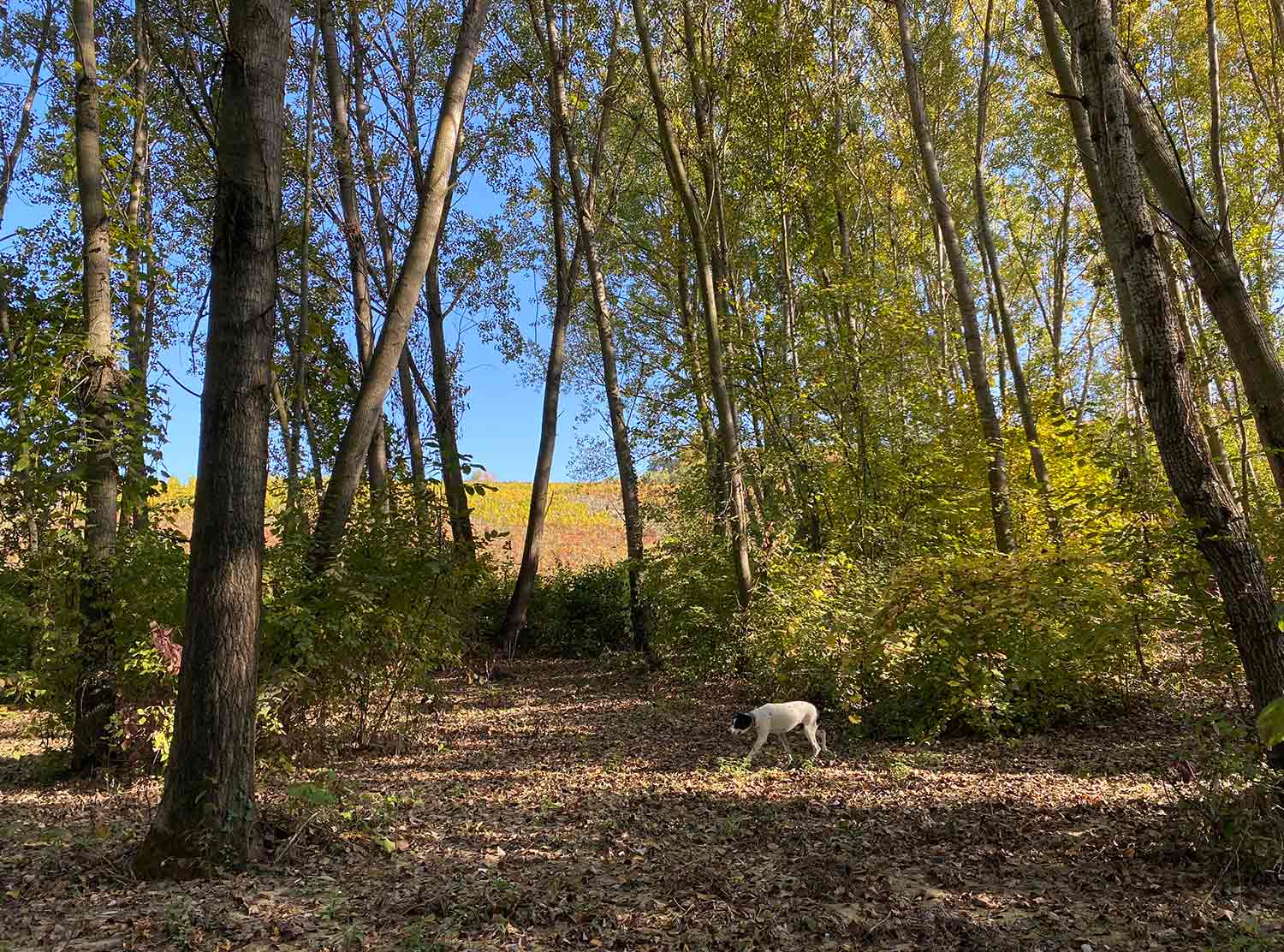
Over the past 25 years, there has been a 30 percent decrease in truffle production — and, in some places, they are disappearing altogether. People travel from all over the world to Alba in the fall and early months of winter to eat white truffles but global warming and rising temperatures around the Mediterranean have made it more and more difficult to find the prized mushroom.
For about five years already, the season, which used to last from September to January, has been reduced to the months of November and December, and this year appears to be particularly difficult. It has not rained one drop this summer laments Giancarlo, “The earth is too dry, it’s terrible”. The few truffles that are found are small and desiccated. This has led unscrupulous hunters to become reckless with the habitat, destroying the precious symbiosis necessary for truffles to grow, ruining the harvest for later years.
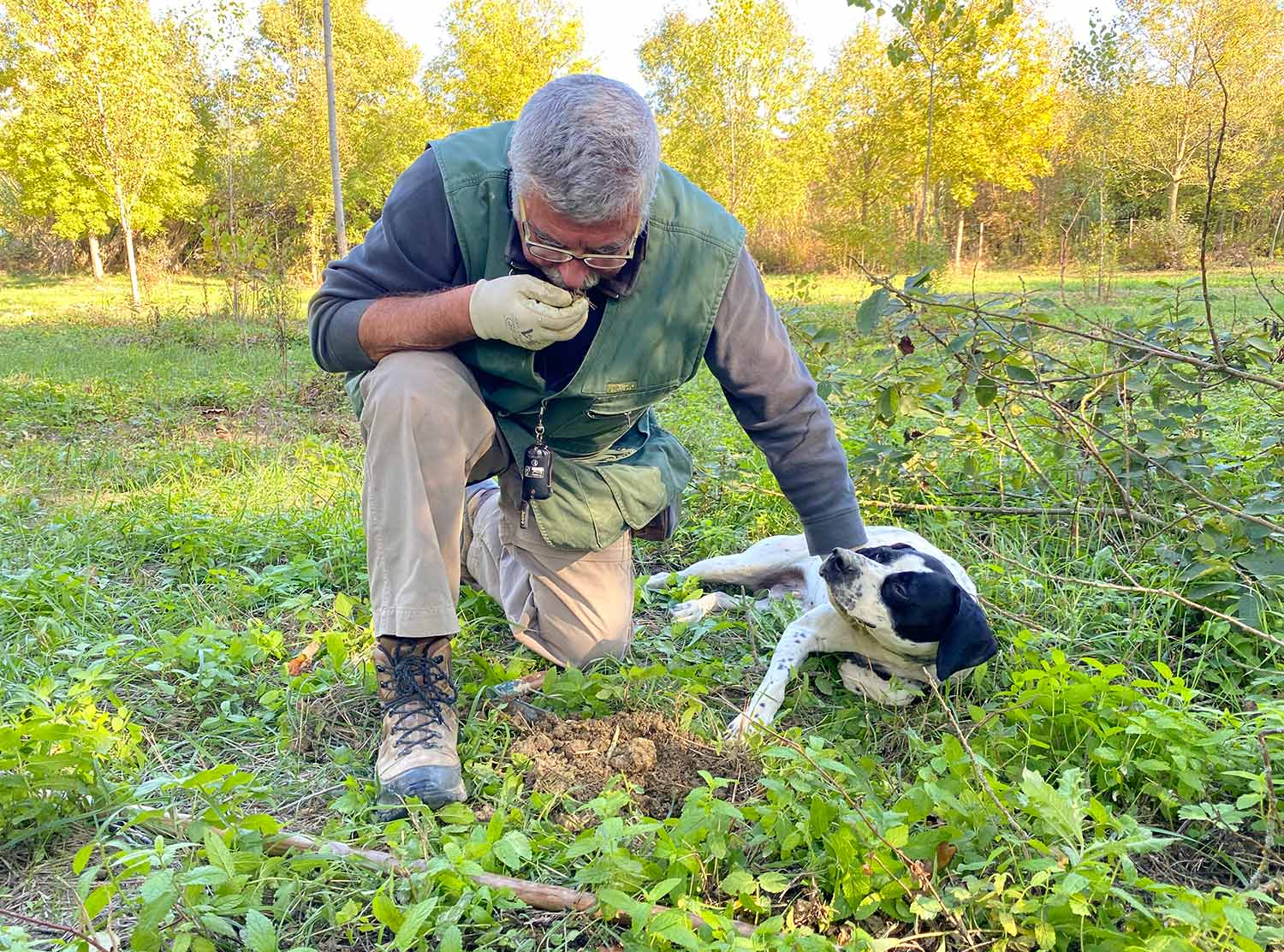
Today, if you go to Alba, you are more likely to be served truffles from Croatia or Czech Republic than from the region. People come to Alba expecting truffles and during these months the whole region benefits from it. Especially after the economic hardships of the pandemic, climate change is not going to get in the way of the truffle rush. But who can blame the sellers for their tricks, when truffle has become such an important business.
Thankfully, all hope isn’t lost and solutions are emerging. French scientists have managed to find a way to farm the capricious fungi, and sellers seem to start listening to hunters who urge for restraint and preach for a more eco-responsible attitude towards truffles, where time, care and respect become yet again the main ingredients behind this gift of nature.
To find out more about the fascinating world of white truffles, have a look at James Spellman book “The Treasures of Alba”.
Share this Story
More Culture & Celebration
Bulgari Hotels Screens “An Emperor’s Jewel – The Making of The Bvlgari Hotel Roma” in NYC
Hoteliers, artists, designers, and media came together for a special screening of "An Emperor’s Jewel – The Making of The Bvlgari Hotel Roma” at the exquisite Morgan Library in New York City
tell me more ›“Becoming Familiar” Is The Experience To See and Touch at Design Miami 2023
LA Based Raise the Moral Studio Sensory Art Objects Win Best Curio Presentation at Design Miami 2023
tell me more ›Helping Hands for Morocco
How to support from afar those making a difference on the ground
tell me more ›Ian Schrager & AHL Founder Ben Pundole Open 10th Annual L.E. Miami
The legendary hospitality impresario in conversation with his long time magic maker (and A Hotel Life founder) on the past, present and future of hotels
tell me more ›


